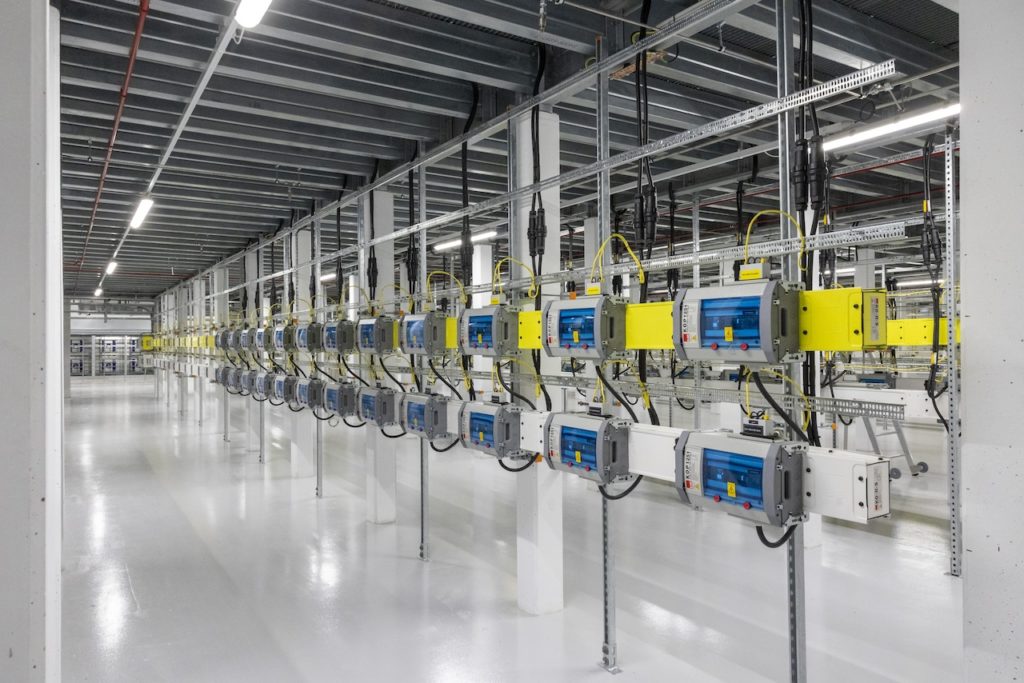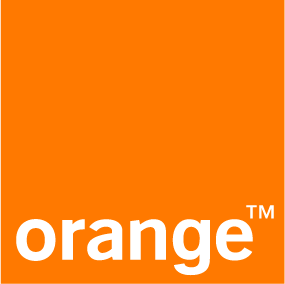The digitalisation of our economies and ways of life have led to an exponential growth in data generation and energy needs. Each day 2.5 quintillion bytes of data are created at our current pace, but that pace is even accelerating with the growth of the Internet of Things. Yet despite its ever-expanding footprint, data storage is perhaps the most invisible part of the information age. In aligning this ever-growing demand with the ongoing energy transition, increasing the energy efficiency of our data centres is key.
During their operation, telecom and information technology equipment convert most of the electric energy received into heat. This heat must be controlled to avoid excessive temperature in the server room and to allow a safe and permanent operation of the equipment.
Classical cooling systems – i.e. air conditioning – displace this heat from inside the building to the outside, but they consume significant amounts of energy – in some data centres even 60% of total consumption. They also use ozone depleting refrigerants.
Tackling the cooling challenge is a key lever for greater energy efficiency.
Lowering the heat
Societal and environmental commitments are at the heart of Orange’s strategic plan Engage2025 and we have committed to reduce our CO2 emissions by 30% by 2025 compared to 2015 and to reach net zero carbon by 2040.
After a multi-year effort, we have achieved important improvements in two key areas:
First, we have sourced equipment with greater heat tolerance: climatic ranges have increased from [20-24°C] temperature ranges and [45-65%] relative humidity ranges, to [24-28°C] and [30-75%] respectively. This innovation allows for a 33% decrease of the energy consumption.
Second, for cooling systems we have managed to reduce energy consumption by 90%, by replacing classical air conditioning by an innovative intelligent free cooling system using external fresh air.
Already in 2013, we built the free cooling system into our new big data centre in Normandy, which reached a Power Usage Effectiveness of 1.3, to be compared with 1.8 for Orange’s other data centres in France. As a result, we reduced cooling energy consumption by over 50%. Now we are also using that technology in other data centres in France, Belgium and in MEA, like Cameroon.
Learning by doing
Fifteen years ago, Orange started exploring the concept of using external fresh air instead of air conditioning systems to cool telecommunication equipment rooms, when its temperature and humidity are within ranges defined by European standards.
Then, we raised the issue of heat control through the whole European ecosystem from scientific area and research programs to standardisation and implementation. We contributed to various research projects with other European stakeholders, including vendors and public entities on energy efficiency, like Opera net 1 and 2 and SooGreen, that led to efficient cooling solutions for central offices and mobile networks.
Concretely speaking, we started with laboratory experiments alongside scientific predictive calculations. Then we secured proof of concept on the field, leading to settings adaptation and improvement where needed, in partnership with manufacturers. We also collaborated with a French start-up that developed new equipment to implement Orange’s improved ventilation patent. This was followed by setting up a complete monitoring system internally, to gradually optimise our solution. Finally, we had to identify the best location for the new Orange site, meticulously assessing local climate and topography.
Our journey does not end here. The success of free cooling systems depends on external temperatures, so that they cannot be a ‘one-size-fits-all’ solution. We are currently in the research phase on even more innovative liquid or immersion cooling systems that are less dependent on climate factors. Those next wave solutions are being tested, promoted and co-developed with other stakeholders in our experimental Data Center, named Padus Lab.

Success factors
Our path was not without challenges. Notably it required a mindset change, to internally implement new solutions.
A key driver of our success was our in-house research & development with strong and long-lasting internal cooperation with various units throughout the process, notably to evaluate risks and to adopt and implement a bold move. Also crucial was secured and progressive field implementation. To reach scale we involved ourselves deeply in various European projects (Opera net 1 and 2 and SooGreen) and in the wider ecosystem (academic, standardisation bodies, R&D EU programs, etc).
We also can draw on public (national and European) authorities’ support, allowing enhanced cooperation between various actors and stable financing. Here it was and remains key that Orange’s commitment is so closely aligned with EU and national objectives for the green transition.
Innovative cooling systems are a building block for better EU cloud solutions
All these explorations are also onboarded in Orange’s Project Portfolio for the Important Project of Common European Interest (IPCEI) on Cloud Infrastructure and Services. We will strive for quick progress once the IPCEI is approved by the European Commission.
Companies can achieve a lot but ultimately, strong public and private alliances are needed to complete the green transition. To support the greening of the digital sector and the implementation of innovative solutions, European private and public entities have to work together to achieve sufficient scale on a truly global issue. Further work is needed, especially on standardisation to improve common metrics and through IPCEIs, to speed up research and implementation of innovative solutions.

